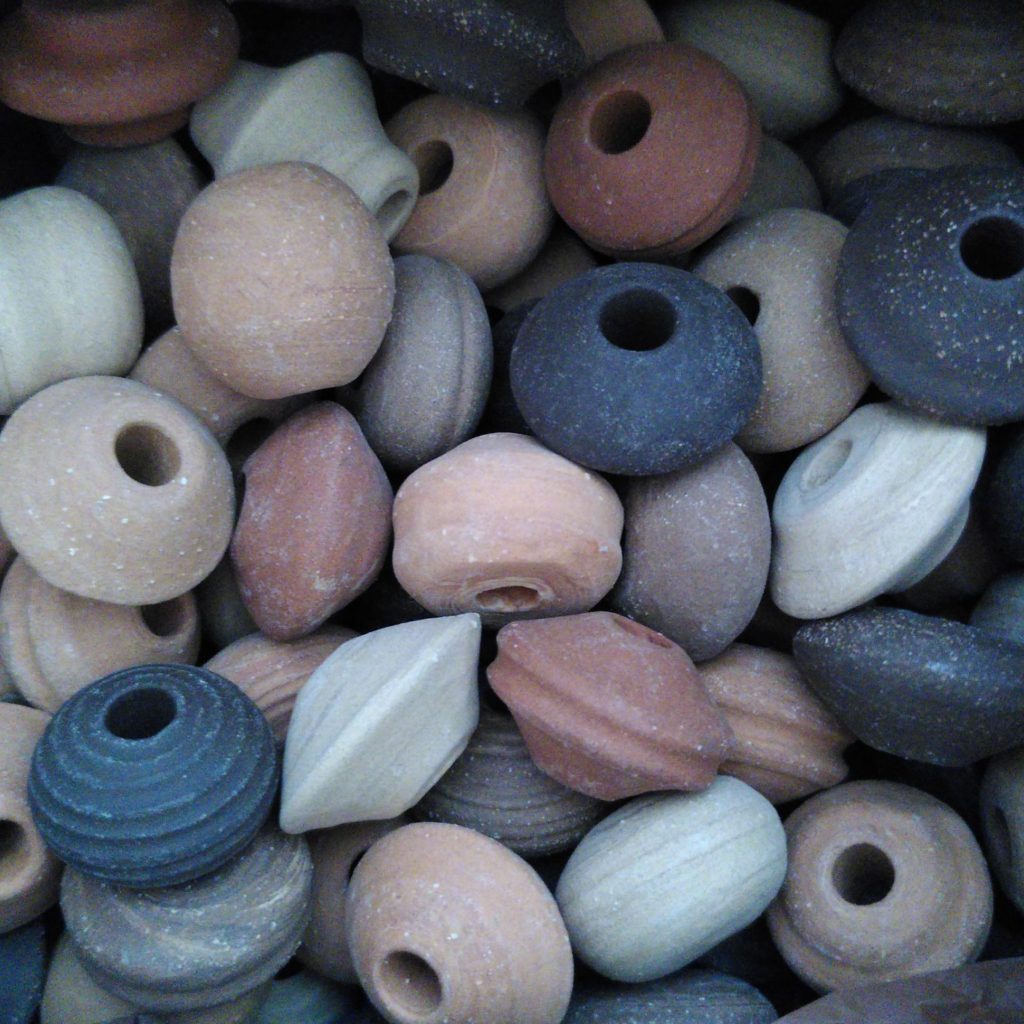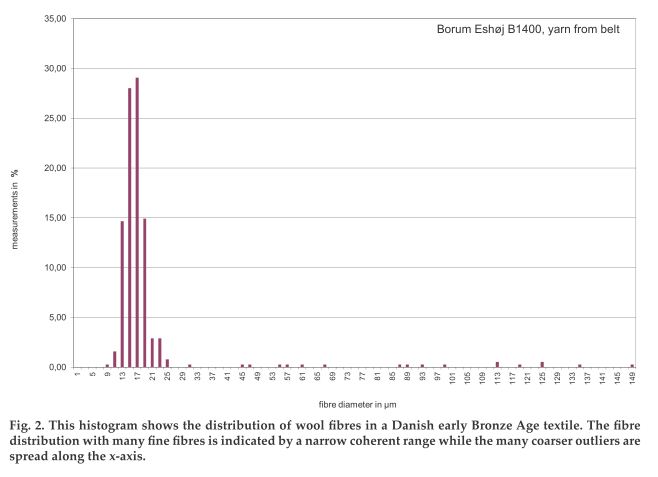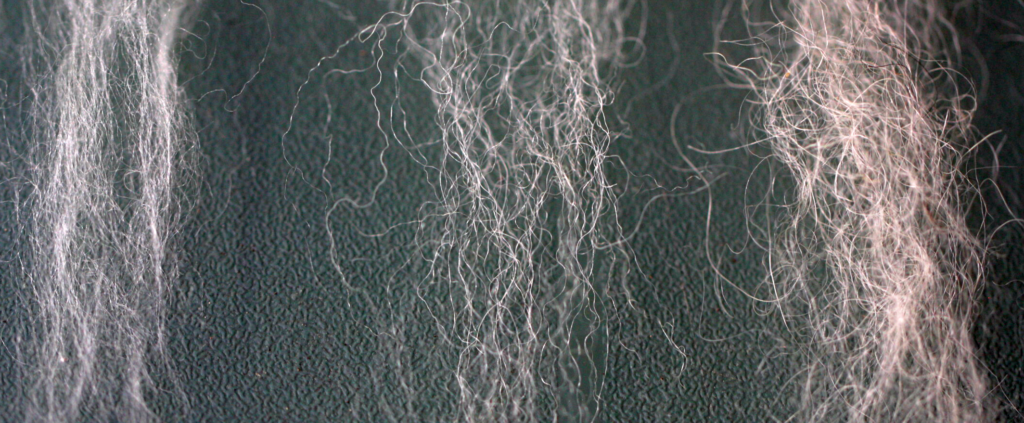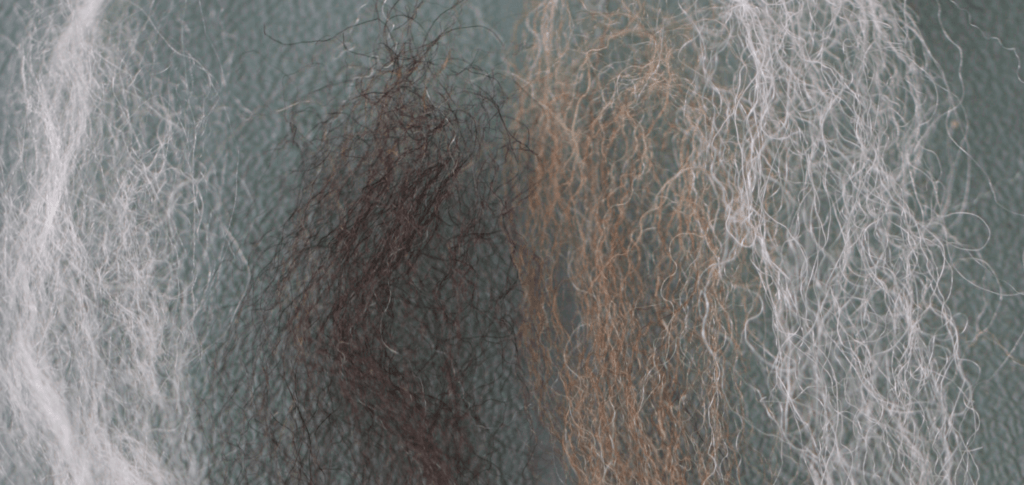I'm getting asked time and again about what I do with my handspun. Well... that depends.
Sometimes I spin for a museum reconstruction project, so it's spinning for a certain end result, and the threads then get passed on to the weaver, or I do something with them.
Most of the other spinning I do is for no specific purpose, and a lot of it is yarns I do for demonstration. Thus they can be a little inconsistent... because of explanations like "see, this is how you make thicker yarn, and this is how you make thinner yarn, and this has more twist and this less..."
With that kind of yarn, not much is happening. It mostly sits around on spindles somewhere until I take it off, or until I need some bit of string, or have to demonstrate plying (yarn with little twist also plies up shittily, but ah, one copes).
Sometimes, though, I also haul it out (the better, not so inconsistent yarns) to do some experimentation, or fooling around. Like now, when I've set up a warp to test our Blindis band technique reconstruction once more, and (most importantly) take some decent photos of the process.
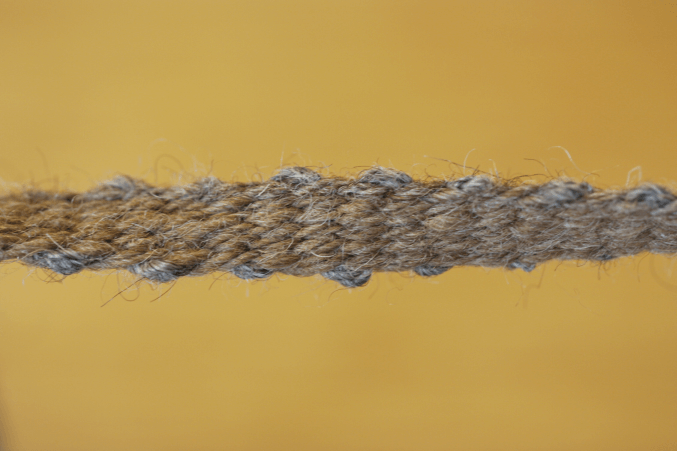
So... that's a bit of the brown handspun used...
Sometimes I spin for a museum reconstruction project, so it's spinning for a certain end result, and the threads then get passed on to the weaver, or I do something with them.
Most of the other spinning I do is for no specific purpose, and a lot of it is yarns I do for demonstration. Thus they can be a little inconsistent... because of explanations like "see, this is how you make thicker yarn, and this is how you make thinner yarn, and this has more twist and this less..."
With that kind of yarn, not much is happening. It mostly sits around on spindles somewhere until I take it off, or until I need some bit of string, or have to demonstrate plying (yarn with little twist also plies up shittily, but ah, one copes).
Sometimes, though, I also haul it out (the better, not so inconsistent yarns) to do some experimentation, or fooling around. Like now, when I've set up a warp to test our Blindis band technique reconstruction once more, and (most importantly) take some decent photos of the process.

So... that's a bit of the brown handspun used...




